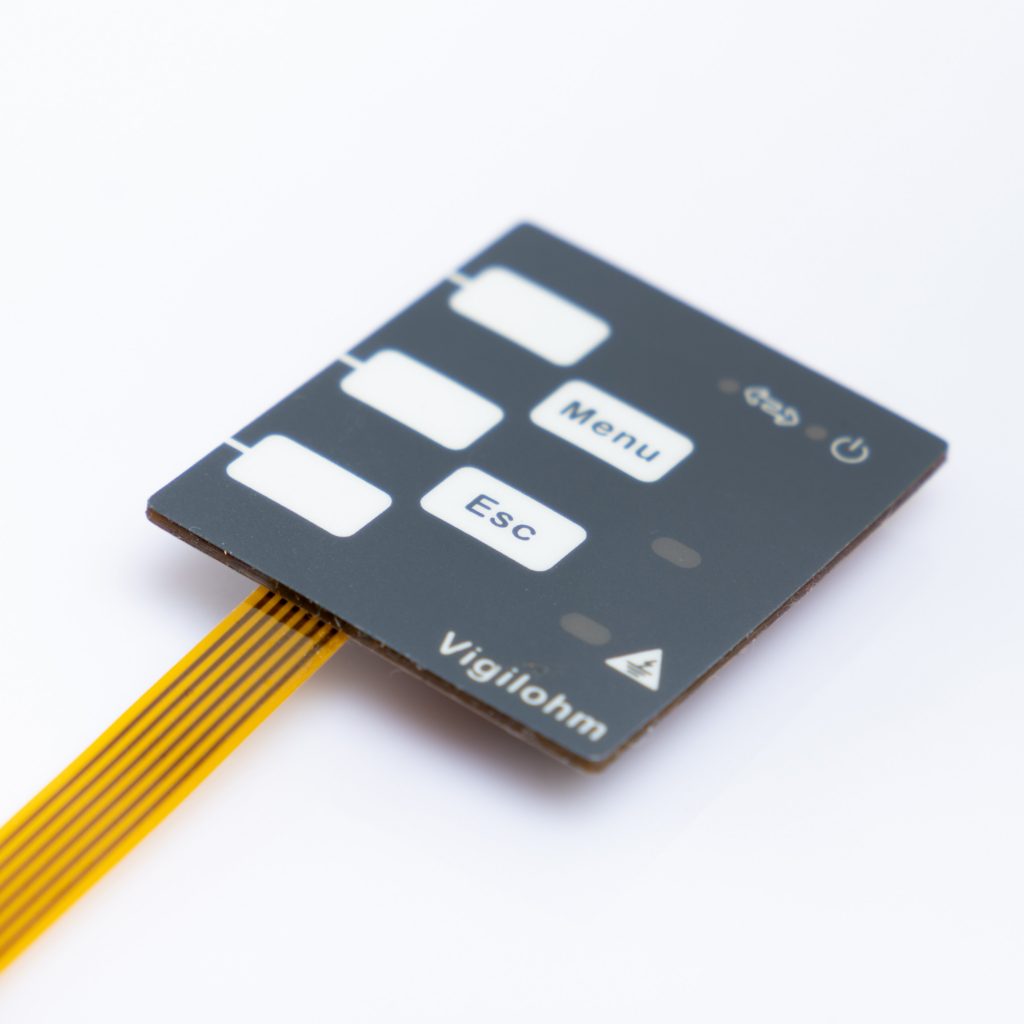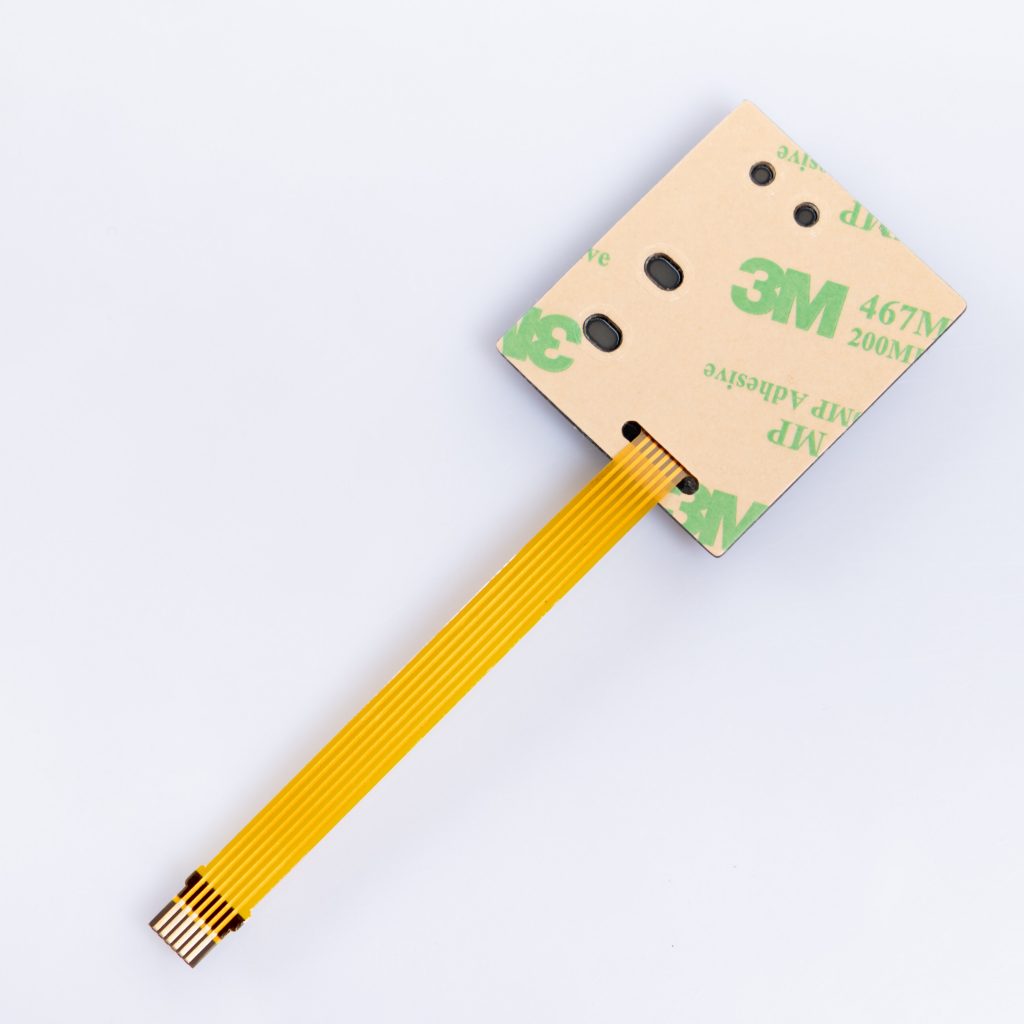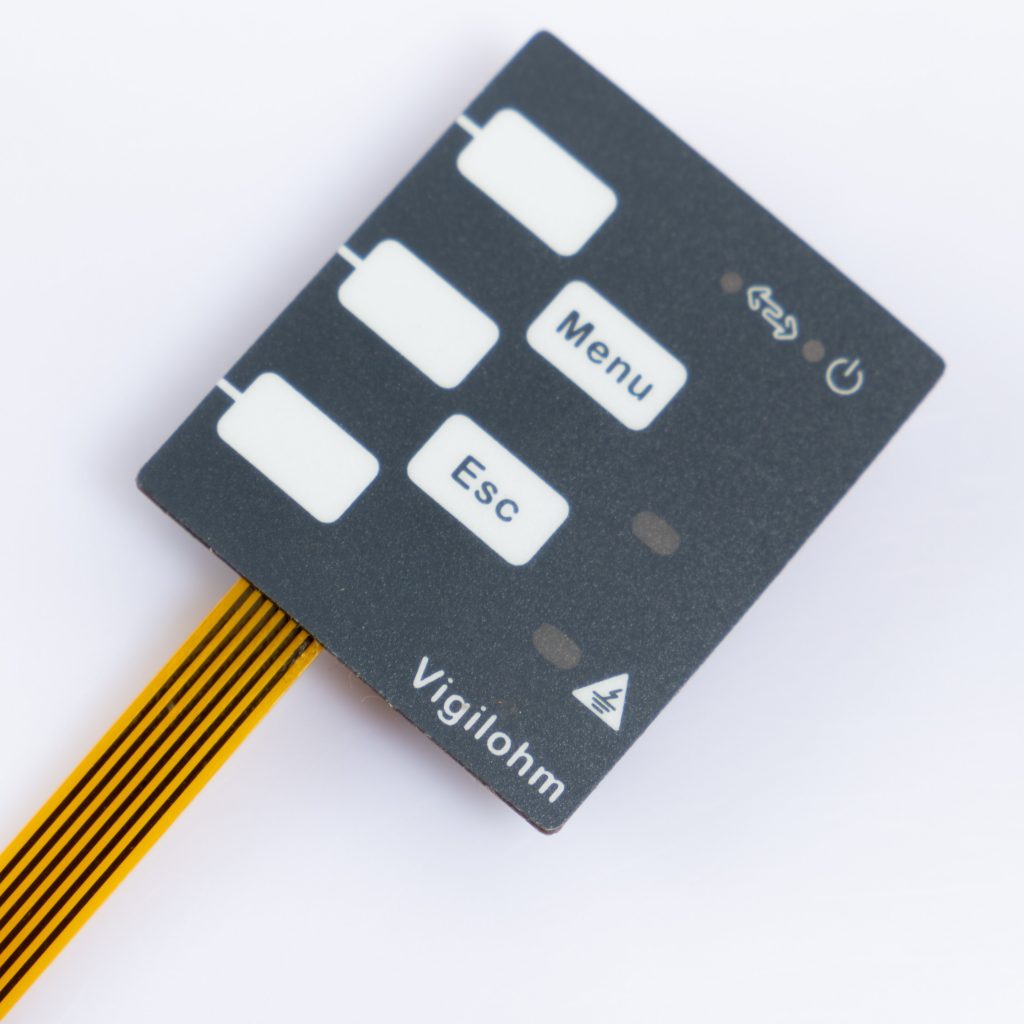Contact
Write to Us And We Would Be Happy to Advise You.
Do you have any questions, or would you like to speak directly with a representative?
By hqt
In a world that thrives on innovation and unique design, the Membrane Switch Panel Display Windows hold their own, providing a blend of functionality and aesthetics. This article aims to guide you through the myriad possibilities and the significant aspects to consider in the design process.



In essence, Membrane Switch Panel Display Windows are an integral part of electronic devices. They serve as an interface between the user and the device, with a membrane switch technology that enables seamless interaction. But what factors come into play while designing these vital components?
Understanding the key elements can provide the foundational knowledge needed to come up with effective design suggestions. So, what are these essential components?
Layered Structure
Membrane switches typically consist of multiple layers, including a graphic overlay, spacer, circuit layer, rear adhesive layer, and display windows. Each layer plays a pivotal role and affects the overall design.
Circuitry
This is the heart of the switch. It includes the conductive inks, copper flex, or even silver flex circuits, depending on the complexity of the device.
Graphic Overlay
It’s more than just an aesthetic feature. The graphic overlay offers users tactile or visual feedback, contributing to the overall user experience.
When designing Membrane Switch Panel Display Windows, there are several factors to consider. It’s not merely about the aesthetic appeal, but also functionality, user experience, and device compatibility.
Choosing the Right Material
The choice of material has a significant impact on the durability and functionality of the display window. The material should be durable, flexible, and able to withstand varying conditions.
Determining the Correct Size and Shape
The size and shape of the display window will largely depend on the overall design of the device and the specific requirements of the user interface. It is critical to strike a balance between functionality and aesthetics.
Color and Graphics Selection
Choosing the right color and graphics can enhance user interaction and influence the overall look of the device. They should be in sync with the device’s color scheme and branding.
Innovation and creativity can set your design apart. Here are some suggestions to add a unique touch to your Membrane Switch Panel Display Windows.
Integration of LED Lights
Incorporating LED lights can improve visibility and offer a more interactive experience to the users.
Touchscreen Technology
Implementing touchscreen technology in the display window can offer more functionality and enhance user experience.
Usage of 3D effects
3D effects can add a visual appeal to the display window, giving it a modern and futuristic look.
Designing for Specific Industries
Designing a Membrane Switch Panel Display Window can differ based on the specific industry’s needs.
Medical Devices
For medical devices, the focus should be on creating a design that’s easy to clean, highly durable, and user-friendly.
Industrial Applications
In the industrial sector, the design should cater to robustness, resistance to harsh conditions, and long-term durability.
When it comes to the final stages of design, here are some suggestions to make your display window stand out.
Prototyping and Testing
It is vital to prototype and test the design for functionality, durability, and user experience before the final production.
Iterating and Refining the Design
Based on the results of the tests, iterate and refine the design as necessary, ensuring the final product meets all the necessary standards and requirements.
1. What are Membrane Switch Panel Display Windows?
They are components of electronic devices serving as a user interface that uses membrane switch technology for interaction.
2. What factors should be considered when designing these display windows?
Considerations include the choice of material, correct size and shape, color and graphics selection, and industry-specific requirements.
3. What are some innovative design suggestions for these display windows?
Innovations could include the integration of LED lights, the implementation of touchscreen technology, and the use of 3D effects.
4. Why is prototyping and testing essential in the design process?
Prototyping and testing ensure functionality, durability, and user experience align with the intended design goals before moving to final production.
5. How does the design vary between different industries?
Designs vary based on industry needs. For example, medical devices require designs that are easy to clean and user-friendly, while industrial applications require robust and durable designs.
6. How does the choice of material affect the display window?
The material impacts the durability, flexibility, and resistance of the display window to varying conditions.
Designing Membrane Switch Panel Display Windows involves striking a balance between aesthetics and functionality. By considering the critical elements, following innovative design suggestions, and tailoring designs to specific industry needs, you can create an effective and engaging interface for your device.
Do you have any questions, or would you like to speak directly with a representative?